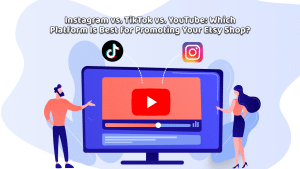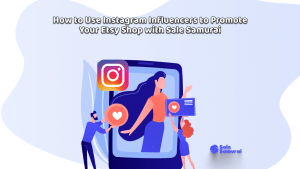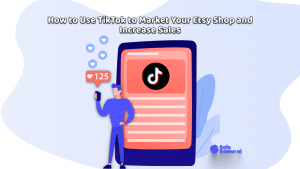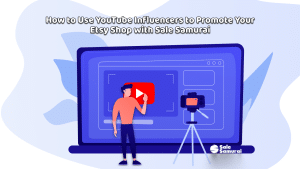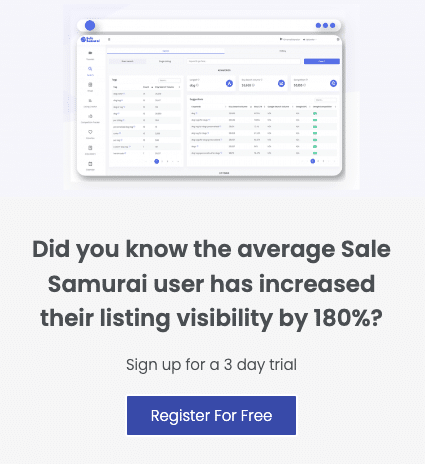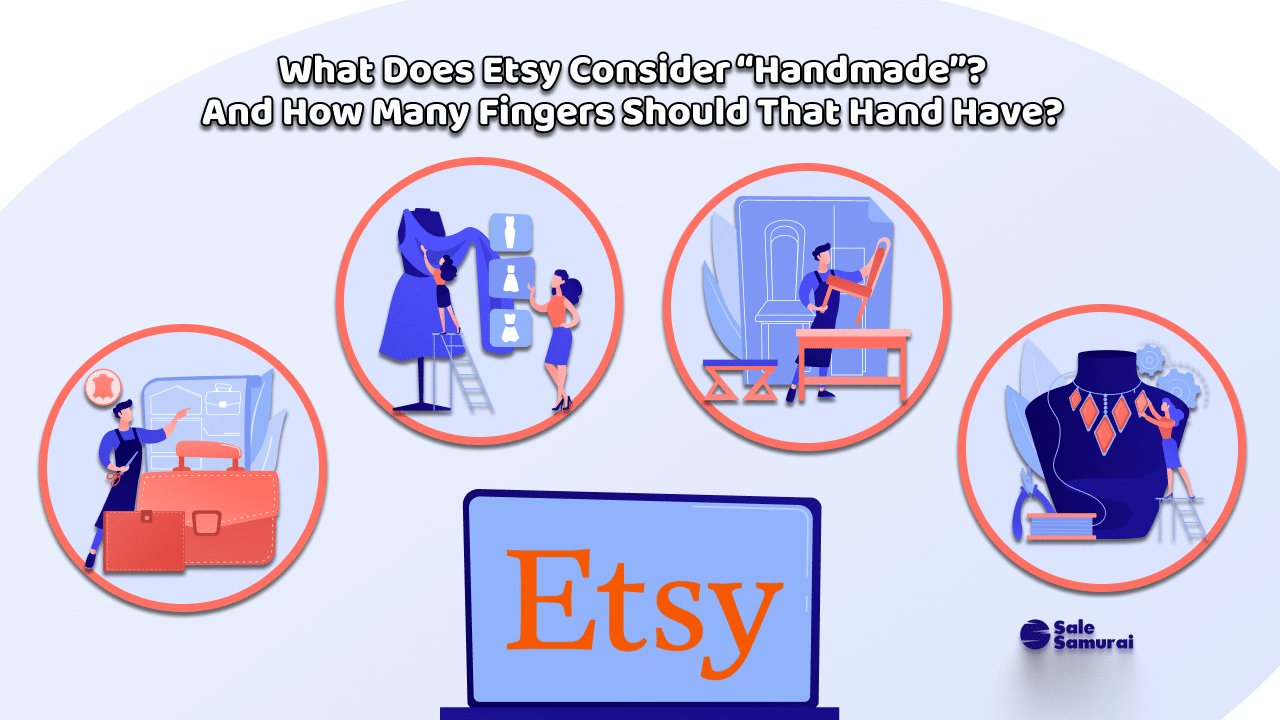
Etsy started as a platform for shoppers to find unique, one of a kind handmade crafts that they would typically find made by artisans at local craft fairs. As crafty (sorry) as manufacturers can be, choking the shelves of Michael’s with tons of cheap décor that looks handmade (hint: if “Live, Laugh, Love” is printed on it, it came from China) is not the same experience as finding that OOAK piece by an individual maker.
Over time, of course, as makers discovered ways to make multiples of their wares, it became a few-of-a-kind, or a couple-hundred-of-a-kind, and then an “I’m making so much of this I can actually quit my job and do this full time”-of-a-kind. Over time, some makers would find that even if they and all their loved ones spent every waking hour making these crafts they’d still have to go to an outside source to meet demand.
Does making hundreds or even thousands of an item you created make it less “handmade”? What about digital downloads of your original design? And God forbid we even bring up AI (and we will)…
Well, Etsy has made it very clear that “handmade” does not necessarily exclude mass-produced item with the understanding that “mass” means “you would do this if you could, but human cloning is still illegal.”
THE HANDMADE’S TALE
To clarify for anyone with questions, Etsy has itself published their policy on the definition of “handmade”. In this article, we’re going to examine the policy and give some examples of how the specifics apply.
Makers and Designers
Even though Etsy refers to “handmade” as a “spectrum”, they go right for the binary by putting creators into two categories:
Makers
Theoretically, “handmade” means “made by hand”, and Makers are the dictionary definition of this. Each and every item on the shop is made from scratch by the seller. Period.
Etsy even goes so far as to say that the item doesn’t even need to be designed by the seller. As long as the item is made by the seller’s own hands – even if from a template designed by another, it is classified as “handmade”.
Just be careful with what you would consider “template”. If I used the blueprint of a DeLorean and built a DeLorean and sold it as a DeLorean, it’s still a DeLorean. The DeLorean Motor Company would have issues with that. When using another template, just makes sure you dot your copyrights and cross your trademarks.
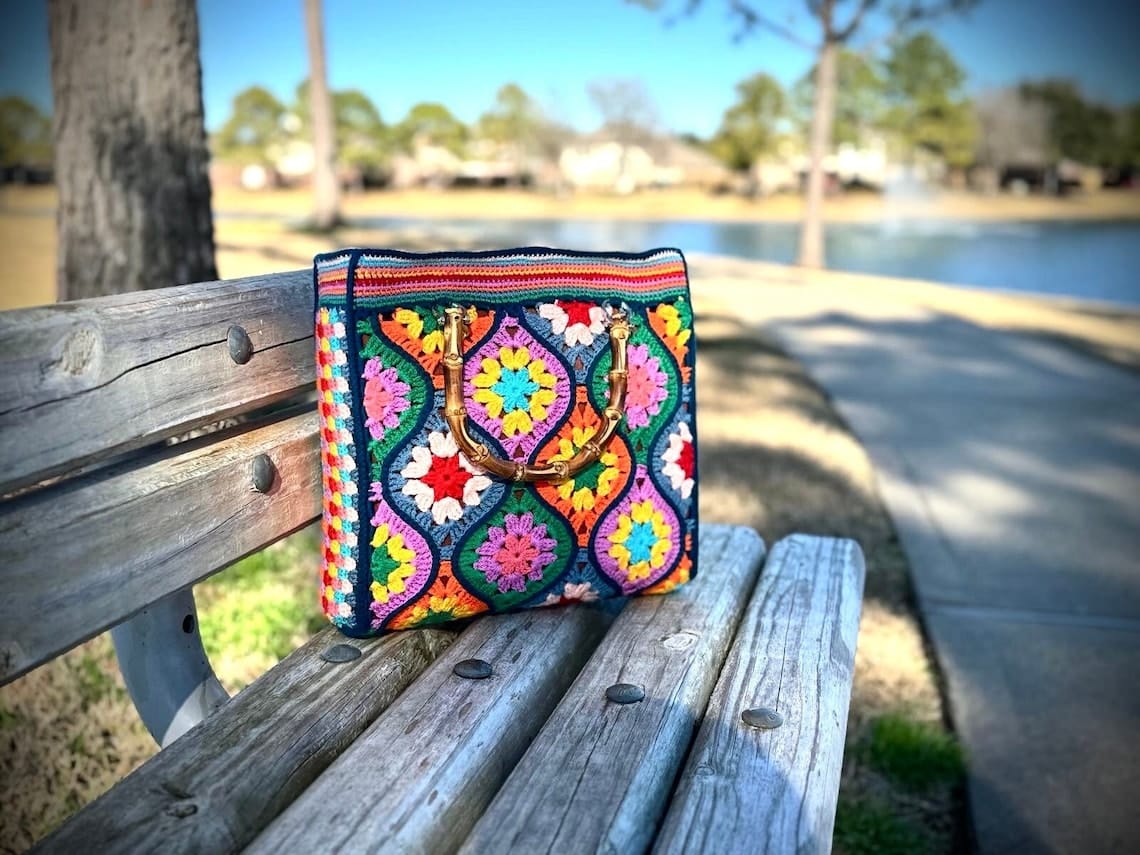
This is an item clearly handmade by a “Maker”
Designers
A designer is like a product designer for any manufacturer. The person designs, create, conceptualizes, sketches, patterns, templates, blueprints or prototypes the item to be produced. However, they do not make the final reproductions themselves but rely on other people or processes to do so.
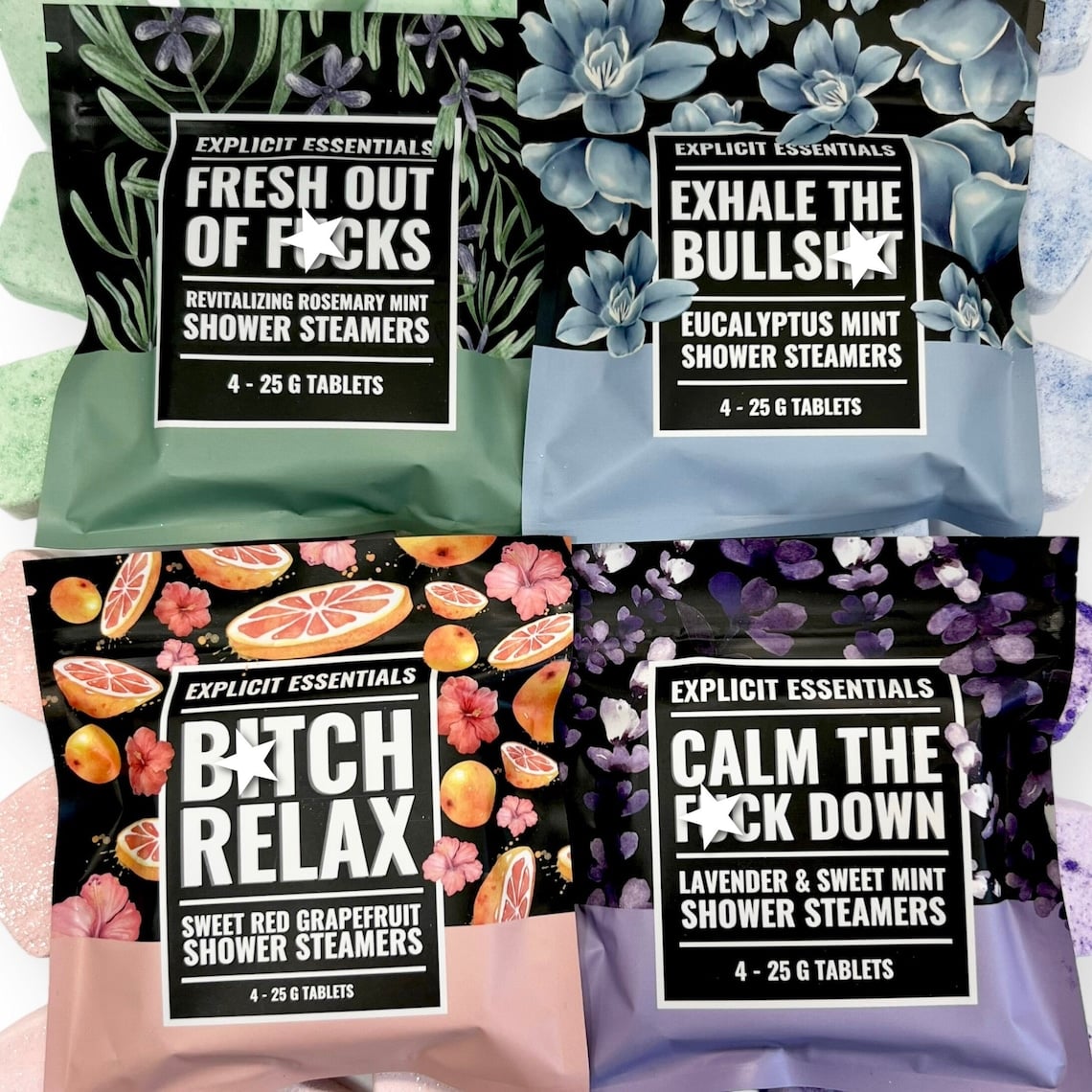
This seller most likely handmakes the steamers, but designed the packaging for production
Personal experience: when I started my business, I created a novelty item called the “Zombie Outbreak Survival Kit.” It was a gag item, a “stoner dorm room decorating kit” that included custom yellow caution tape, first aid items, stickers, trading cards, a warning poster and several cardboard signs. I made a hundred and sold them at conventions, where they quickly sold out. I then sold them to a distributor, who ordered a thousand of them. I couldn’t make them all myself by the shipping deadline, so I recruited my family. Eventually they were so popular that, over time, I sold over 60,000 of them. I had the individual elements printed and then sent to a direct mail company to assemble them.
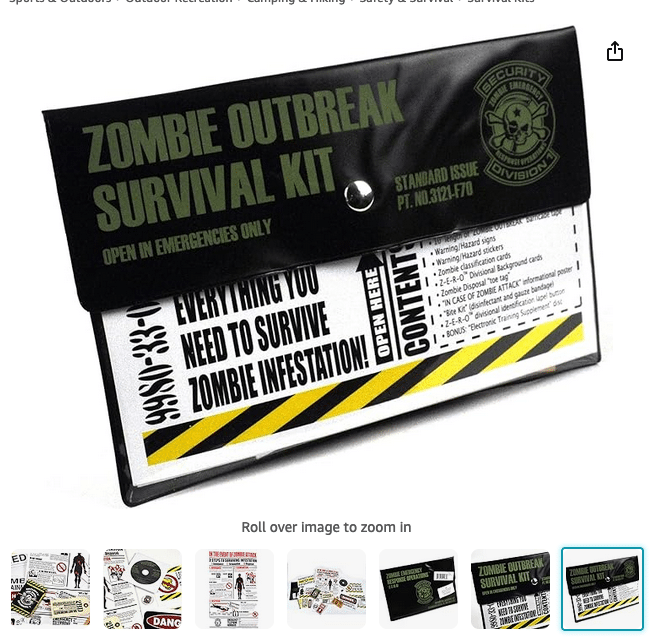
60,000 zombies can’t be wrong…
That experience ran the gamut from original design to self-packed, then packed with assistance and finally packed by a third party. Technically, that’s “mass-production”.
However, according to Etsy’s definition, it’s still “handmade” and my role was “designer”.
PRODUCTION PARTNERSHIPS
Etsy’s policy statement goes on to talk about how the seller needs to be transparent about any production assistance helps develop the products for sale.
While this part makes up the bulk of the rest of the policy, it can be summed up simply:
Be transparent about how your products are made.
The policy states that the seller needs to disclose, for every item that is not 100% handmade by the seller, the method of production used.
Using my personal example above, I had three stages:
- Myself (which I did not have to report as a production partner)
- My family (which I also did not have to report as a production partner)
- The direct mail packaging facility (which I would have to report as a production partner)
Even though I described #3 earlier as “mass production”, there is nothing in the Etsy guidelines that classifies is as not “handmade” in their eyes.
All they ask is that the seller disclose the method of production. That’s all. They do not say whether certain types of production partners disqualify a product from being considered “handmade.”
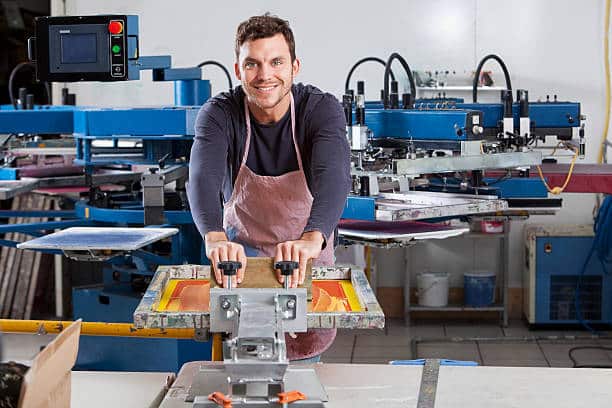
This would be a perfect “production partner” if he wasn’t a stock photo model
SO THEN, WHAT *ISN’T* HANDMADE?
This is where we are going to a little conjecturing.
Etsy is a large as it is because, frankly, many of its core sellers have become as large as they are. Etsy has empowered small home-based businesses to become full-time, sustainable livings.
In turn, the fees and commissions generated from that growth is the reason Etsy has grown. It is in Etsy’s best interest to keep these sellers, no matter how large they’ve become. In some cases, Etsy may even need the seller more than the seller needs Etsy, because there are many other platforms that a creator can use to sell their wares, and with a little marketing savvy and a lot of elbow grease, they could build a customer base as large as the one they built on Etsy.
However, all it takes is one bad actor for that to change.
As of this writing, there is a hue and cry over the use of AI to generate graphics that look like handmade art. AI graphic output is good enough that it can be confused with handmade art by the uninitiated, but is is still raw enough that experienced artists or anyone with a trained eye can recognize it (a recent image of a certain politician has made the news because of AI’s notorious inconsistency in rendering human hands).
There is a flood of AI-generated “art” currently being sold on the platform that has a direct impact on actual artists. For example, sellers who specialize in watercolors that take hours, days or longer, now have to compete with AI generated clones that take minutes. When the majority of buyers can’t tell the difference between AI product and original art, their buying decisions are going to be based on the appeal of the design, not where it came from.

How do we know this is AI? Count the fingers…
Since this is happening so quickly, Etsy hasn’t even been able to make a policy decision on AI, or whether it can even be considered “production assistance”. Without that, AI generators, whether well- or ill-intentioned, have no incentive to disclose that the designs came from artificial intelligence.
This is a disruptive force very similar to the impact that offshoring manufacturing had on the American working class. The average consumer may say “America First”, except when it comes to getting a good bargain. And I say this as a person who manufactures goods overseas, because by the time I got into that business, the American factories that produced my categories were long gone. If something can be made cheaper, the American consumer will always choose it over a higher-priced alternative.
This does not affect the true one-of-a-kind or limited-production Maker (until Skynet becomes self-aware, anyway). But for anyone who relies on 2-dimensional graphics and has built a sustainable living with it on Etsy, it is an existential threat.
So, my guess is that it is a matter of time before Etsy hardens its “handmade” policy as a result of the AI flash-flood. And with the hardening of any policy, it’s those innocents who toil within the margins of those policies who also get hit. The vinyl toy designer who has a few hundred reproductions of his art manufactured overseas – what if Etsy decides that is now “mass production” and not handmade? The t-shirt designer who uses print-on-demand services because they can’t afford traditional screenprinting or carrying inventory – what if Etsy says that is not actual apparel production? The designer who sells digital goods – what if Etsy determines to get rid of digital goods altogether because it’s too much of a hassle to determine original designs from AI?
HOW TO STAY “HANDMADE”
The scenario in that last section would obviously be a draconian and worst-case scenario. The vast majority of Etsy sellers, yourself included, dear reader, will most likely not be affected.
However, we are here to help you grow your Etsy business. And if you are successful, there will come a day where you will outgrow whatever home-based resources you currently employ. What is important is that as you take on production partners or additional help, you stay within Etsy’s guidelines and be transparent. If policies harden, you are less likely to be affected by any redefinition of “handmade” if you demonstrate compliance from Day One.
